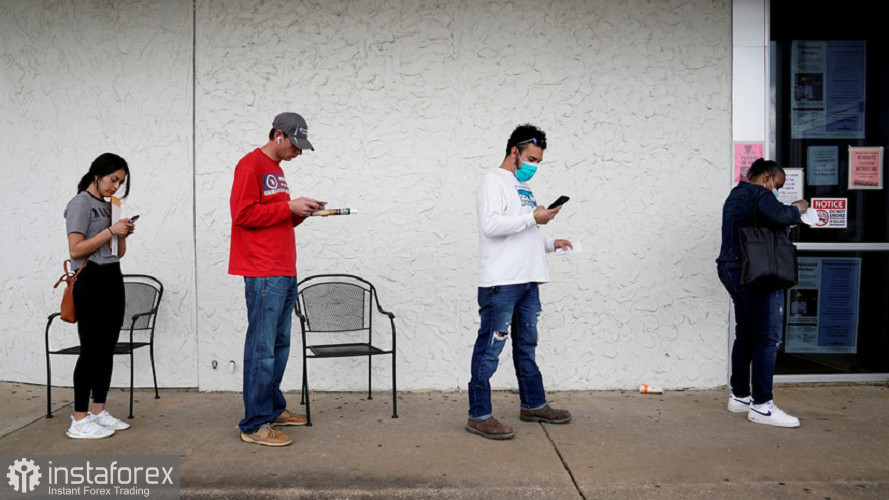InstaForex Gertrude
Active member
Stock markets up as China lowers interest rate
On Monday, global stock indices posted robust growth on positive news form China. It was reported that the People's Bank of China lowered its key interest rate in an effort to support the country's struggling economy. Today, the US stock market is closed for Martin Luther King Jr. Day. Therefore, trading activity in Europe and China was rather low. Despite this fact, major stock indices still managed to reach local highs and lows.
Thus, China's stock market closed the session with notable gains: the Shanghai Composite Index jumped by 0.6% to 3,541.7.
Dalian Haosen Equipment Manufacturing Co Ltd and Beijing Baolande Software Corp. topped the list of best performing shares.
The shares of Jiangsu Bioperfectus Technologies Co Ltd and Beijing Hotgen Biotech Co Ltd. Were among the losing ones.
A confident rise in the SSE Composite Index is attributed to higher-than-expected growth of the country's economy in the last quarter of 2021. At the same time, according to the National Bureau of Statistics of China, its GDP in Q4 was the lowest since mid-2020 (+4%).
In the third quarter of 2021, China's economy expanded by 4.9% compared to the same period in 2020. This was the reason why the central bank of China has unexpectedly cut its interest rate. Market analysts expect that in 2022 the measures taken by the central bank will help protect the economy against a significant slowdown.
As a reminder, at the beginning of 2021, the Chinese economy showed a steady rise after the coronavirus crisis. Yet, falling consumption in the last quarter of 2021 limited the pace of recovery.
Meanwhile, European stock markets opened another trading week in positive territory. Again, the data from China served as the main growth catalyst.
At the time of writing, the STOXX Europe 600 index increased by 0.35% to 482.8, the French CAC 40 added 0.42%, the German DAX rose by 0.22%, and the British FTSE 100 Index gained 0.61 %.
The worst result was posted by the largest food manufacturer - Unilever: its shares lost 6.7%. Meanwhile, the Swiss financial conglomerate Credit Suisse Group AG also showed a noticeable decline in share prices (-2.1%).
Among the leaders were Spanish bank Banco Bilbao Vizcaya Argentaria, S.A., with a rise of 0.5%, and European airline group Air France-KLM, whose shares added 0.8%.
According to analysts, the policy of China's central bank and its effect on the global economy will remain the main driver for markets this week.
Meanwhile, investors are looking ahead to earnings reports from the largest US corporations. Goldman Sachs will publish its data on Tuesday, Bank of America, Procter & Gamble – on Wednesday, and American Airlines and Netflix – on Thursday.
News are provided by InstaForex
On Monday, global stock indices posted robust growth on positive news form China. It was reported that the People's Bank of China lowered its key interest rate in an effort to support the country's struggling economy. Today, the US stock market is closed for Martin Luther King Jr. Day. Therefore, trading activity in Europe and China was rather low. Despite this fact, major stock indices still managed to reach local highs and lows.
Thus, China's stock market closed the session with notable gains: the Shanghai Composite Index jumped by 0.6% to 3,541.7.
Dalian Haosen Equipment Manufacturing Co Ltd and Beijing Baolande Software Corp. topped the list of best performing shares.
The shares of Jiangsu Bioperfectus Technologies Co Ltd and Beijing Hotgen Biotech Co Ltd. Were among the losing ones.
A confident rise in the SSE Composite Index is attributed to higher-than-expected growth of the country's economy in the last quarter of 2021. At the same time, according to the National Bureau of Statistics of China, its GDP in Q4 was the lowest since mid-2020 (+4%).
In the third quarter of 2021, China's economy expanded by 4.9% compared to the same period in 2020. This was the reason why the central bank of China has unexpectedly cut its interest rate. Market analysts expect that in 2022 the measures taken by the central bank will help protect the economy against a significant slowdown.
As a reminder, at the beginning of 2021, the Chinese economy showed a steady rise after the coronavirus crisis. Yet, falling consumption in the last quarter of 2021 limited the pace of recovery.
Meanwhile, European stock markets opened another trading week in positive territory. Again, the data from China served as the main growth catalyst.
At the time of writing, the STOXX Europe 600 index increased by 0.35% to 482.8, the French CAC 40 added 0.42%, the German DAX rose by 0.22%, and the British FTSE 100 Index gained 0.61 %.
The worst result was posted by the largest food manufacturer - Unilever: its shares lost 6.7%. Meanwhile, the Swiss financial conglomerate Credit Suisse Group AG also showed a noticeable decline in share prices (-2.1%).
Among the leaders were Spanish bank Banco Bilbao Vizcaya Argentaria, S.A., with a rise of 0.5%, and European airline group Air France-KLM, whose shares added 0.8%.
According to analysts, the policy of China's central bank and its effect on the global economy will remain the main driver for markets this week.
Meanwhile, investors are looking ahead to earnings reports from the largest US corporations. Goldman Sachs will publish its data on Tuesday, Bank of America, Procter & Gamble – on Wednesday, and American Airlines and Netflix – on Thursday.
News are provided by InstaForex

